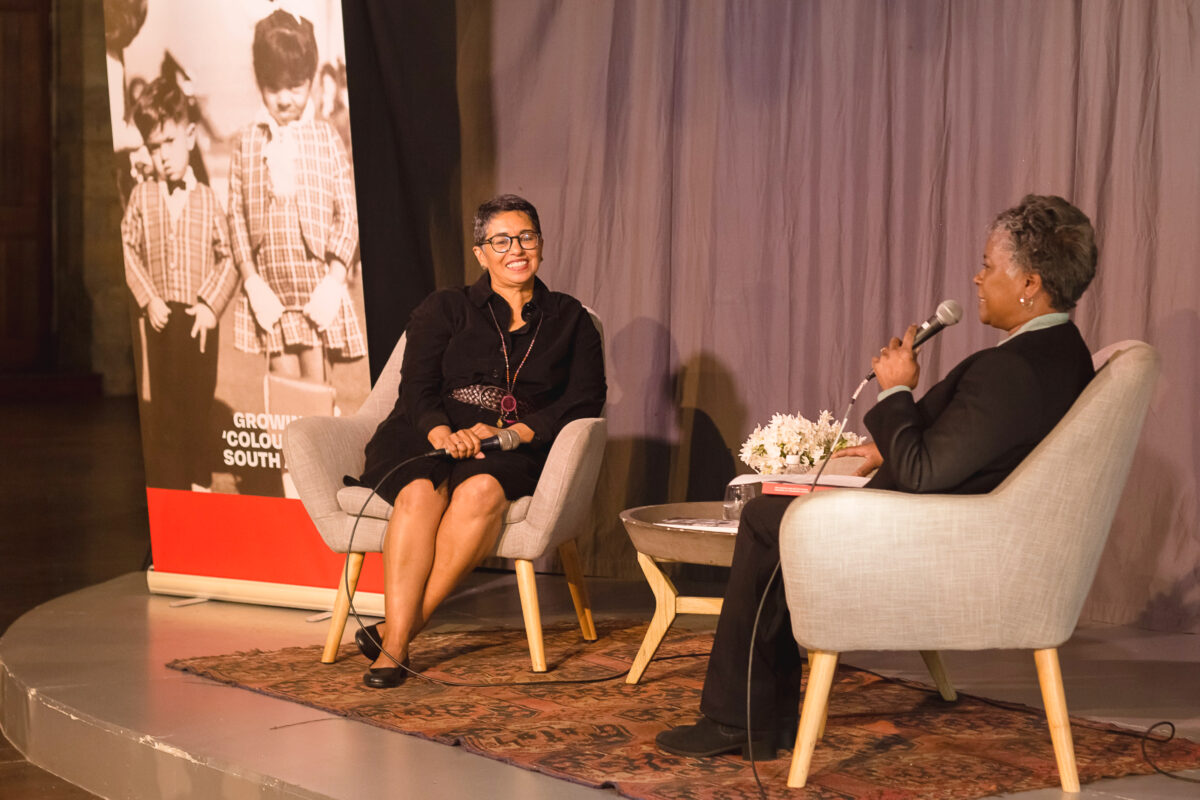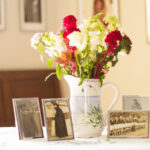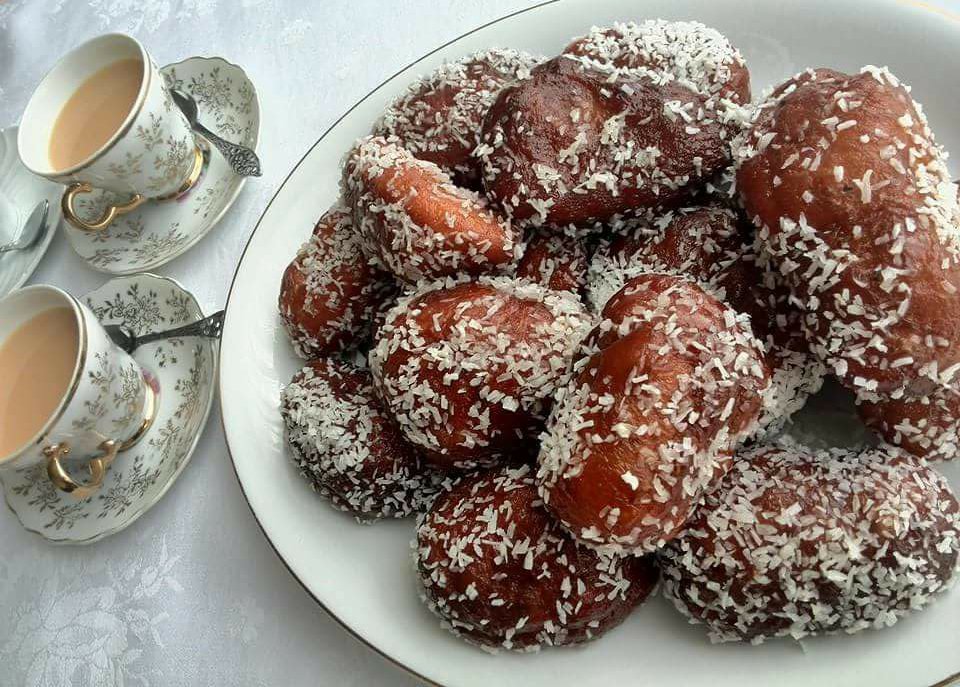This area, on the outskirts of what was once District Six, is familiar to me. The Sacks Futeran building next door which now houses the Fugard Theatre and the District Six Homecoming Centre, used to be a general wholesaler where seamstresses and tailors could buy textiles, and we rode the ancient lift to buy clothing, crockery and cutlery. I remember trips to the Grand Parade on a Saturday morning, clutching my grandmother’s hand as she went from stall to stall. And, of course, across the road, is the Caledon Police Station where I, along with many others, experienced the hospitality of the apartheid state in the 1980s.
One hundred years ago there was a vibrant community here of Indians, ‘coloureds’, Portuguese, Greeks and Jews. Freed slaves, merchants, immigrants, artisans and labourers all worked and lived peacefully side by side. They were an eclectic mix of cultures, religions and ethnicities in a melting pot typical of a port city like Cape Town … apparently a threat to the apartheid government which declared it a “whites only” area in 1966. It would take about 15 years to move the 60 000 people out, to the Cape Flats, to areas like Manenberg, Hanover Park and Mitchell’s Plain.
District Six is now unrecognisable from what it was before its destruction but I have fond memories of the area where my grandparents lived and my father was born. Hanover Street was the main artery which ran all the way up from the city centre, into Walmer Estate where I grew up. My life revolved around Hanover Street though: my uncle’s tailor shop, was a hive of activity; the doctor who delivered me in my grandparents’ home, had his surgery there, and Majiet’s barbershop was filled with people not necessarily having their hair cut, but playing dominoes and catching up on the news. A trip into town would inevitably involve a stop for roti and curry from the Crescent Café. My father says that you could buy anything in Hanover Street except petrol.
Tied up with my memories is the music which was played in the streets by minstrels, Malay choirs and Christmas bands. Some of this has been captured by Taliep Petersen and David Kramer in their musicals, District Six and Kat and the Kings. And then there was food with names like bredie, bobotie, denningvleis, frikkadels and oumens onder die kombers. One dish that, for me, represents the Cape with Malay, Dutch and Christian influences blended together with fragrant spices, was pickled fish. I remember my maternal grandmother making it in the last week of Lent, to eat on Good Friday. She would make it well in advance to give the spices a chance to penetrate the fish, and also to free up her Friday when she would spend many hours in church. The fish would have been bought either from the fish market on the corner of Hanover and Clifton Streets, opposite the Star bioscope, or from the fish cart which did the rounds in the neighbourhood. The hawker would sound his horn to alert housewives that he had arrived with the catch of the day and they would come out to the street to haggle.
Weddings and funerals were community affairs. When I was about six or seven I was a flower girl twice in the same year, once for my aunt, a Christian wedding and then for a Muslim neighbour, a dressmaker who sewed all the dresses for the wedding herself. The whole street turned out to see the bride when the wedding cars hooted to announce her arrival, and the neighbours followed behind to the reception in the Princess Street Hall. Funerals were another occasion when everyone would just turn up to pay their respects and support the family in any way they could. Christian men would borrow fezzes and take turns to carry the bier of their Muslim neighbour.
As the bulldozers moved in and the walls came tumbling around her, my paternal grandmother was banished to Mitchells Plain, far from the city centre where she had lived her whole life. She had been a fiercely independent woman, who had to earn a living after her husband died and left her to raise four children on her own. She made koeksisters and konfyt to sell door-to-door on Sunday mornings in District Six, and sewed and crocheted. She used public transport or walked wherever she had to go. What I remember most was her loss of independence. Suddenly she found herself in a foreign place without any infrastructure and no public transport to fetch her pension from the General Post Office in Cape Town. For the first time she had to ask for help.
Central to my motivation for going back to university, was to equip myself with skills to tell the stories of growing up, not only my stories but the stories of those who cannot tell their own. We’re a deeply divided society, still trying to recover from a brutal past. We cannot sweep it under the carpet, sooner or later the bump will trip us up.
I urge you to visit the District Six Museum. However painful the memories of apartheid may be, the exhibition there humanises the experiences while celebrating the rich diversity of people who once lived here. For me, it’s like settling into an old armchair and turning the pages of a well-worn family photo album. When I see the barber’s corner, the display case with the games we once played in the road, the photographs of the Peninsula Maternity Home where my sister was born or the wall-hanging with the name of the rugby club my father played for, I feel that our lives mattered. And when I walk up the stairs to the wall that bears the names of families who lived here, and I scroll down to find mine, I feel that our experiences have been validated and dignified.
This is an extract from a talk I gave prior to a performance of the musical, Orpheus in Africa, as part of an educational programme.








